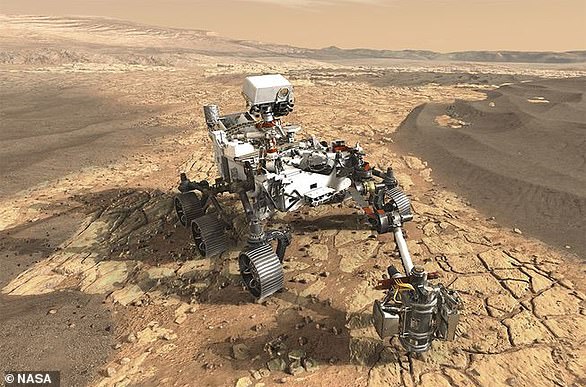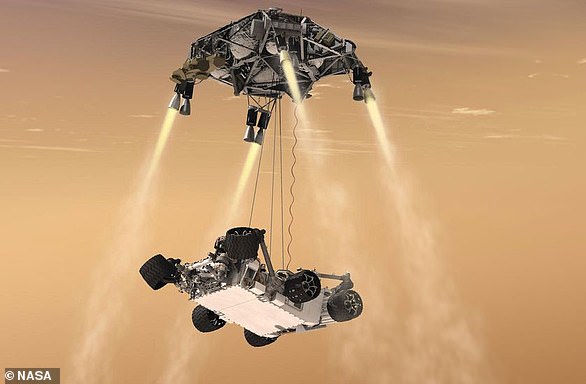How did they get up there? Scientists discover 13 mummified MICE at the tops of three Andean volcanoes – and say they likely climbed the 20,000ft summits on their own
>
From our attics to our kitchen cabinets, many of us have found mice hiding in our homes.
But scientists were in for a surprise after discovering the mummified remains of 13 mice in a completely unexpected place: the 20,000-foot peaks of three volcanoes in the Andes.
With temperatures never above freezing and about half the oxygen levels available at sea level, these peaks are not for the faint of heart.
Initially, it was thought that the rats had hitched a ride across the volcanoes with the Inca pilgrims.
But a new study by experts from the University of Nebraska claims the rodents got there on their own, although they have no idea why.
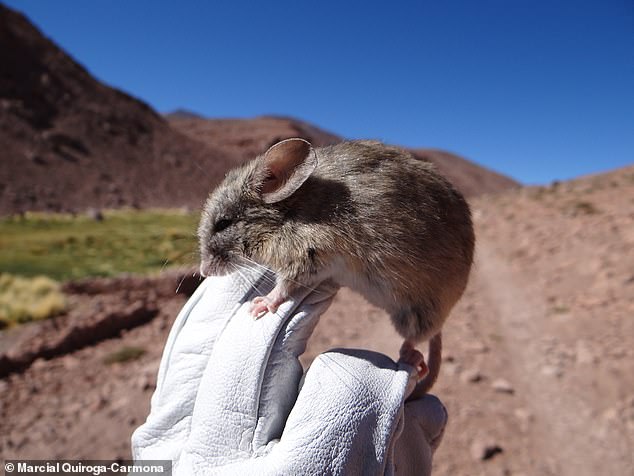
Scientists were in for a surprise after discovering the mummified remains of 13 mice in a most unexpected place – the 20,000-foot peaks of Andean volcanoes.
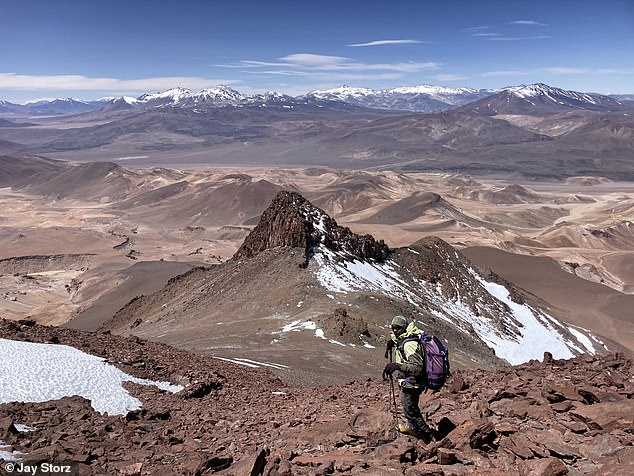
With temperatures never above freezing and about half the oxygen levels available at sea level, these peaks are not for the faint of heart.
A small number of rat carcasses were first found by archaeologists in the 1970s and 1980s, who initially suggested that the rats were raised by Inca pilgrims as sacrifices.
“You can’t blame archaeologists for thinking that way, because what other explanation is there?” said Jay Stowers, lead author of the study.
“Nothing could live there, so they had to be brought there.”
This theory was called into question in 2020, when mountaineer Mario Pérez Mamani discovered a live leaf-eared mouse at the top of Llullaillaco — a 22,000-foot volcano that straddles the border between Chile and Argentina.
In the new study, the researchers ventured out to explore three volcanoes – Saline, Polar, and Copiapó – themselves, and discovered a total of 13 mouse carcasses.
“These are basically freeze-dried mummified mice,” Dr. Stowers said.
After discovering the mice’s bodies, the researchers returned them to the laboratory for analysis.
By measuring concentrations of carbon-14 – an atom that decomposes at a known rate – the team was able to determine how long it had been since the mice had died.
Eight of the rats from Saline and one from Copiapo died no more than a few decades ago, while four mummies perished at Bular 350 years ago, the researchers said.
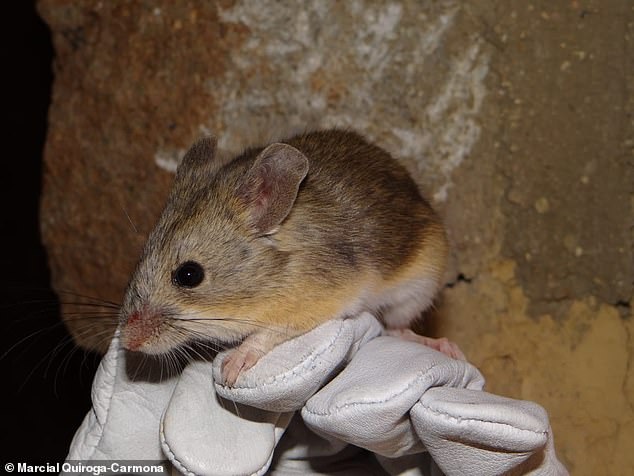
Eight of the rats from Saline and one from Copiapo died out no more than a few decades ago, while four mummies from Polar perished 350 years ago, according to the researchers.
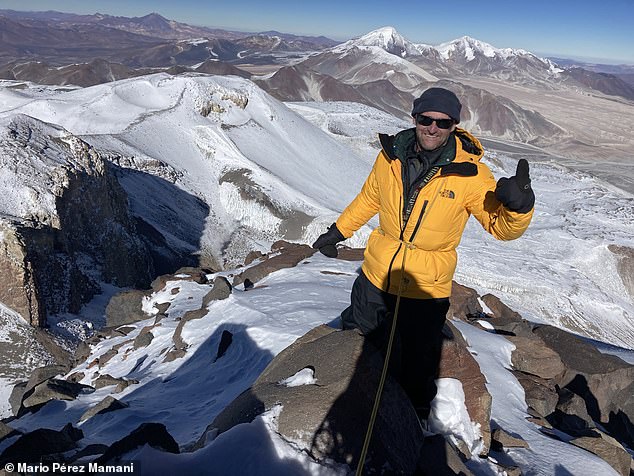
In the new study, the researchers ventured out to explore three volcanoes — Saline, Polar, and Copiapo — themselves, and discovered a total of 13 mouse carcasses.
“It now seems more clear that the mice got there on their own,” Dr. Stowers said.
Meanwhile, DNA analysis of the mice confirmed that they were no different from leaf-eared mice found at lower altitudes.
“Our genomic data suggests no: that the mice from the summits, and those on the flanks or bases of volcanoes in the surrounding desert terrain, are all one big happy family,” Dr. Stowers said.
Researchers aren’t sure why rats climb volcanoes in the first place.
On land, the fauna has many predators, including foxes, mountain lions, bobcats, and birds of prey.
“Certainly, if you’re hiding on top of a 6,000-meter volcano, you’re at least safe from that,” Dr. Storrs said.
“You just have other things to worry about.” But why they rise to such extreme heights remains a mystery.
Although it may seem like a leap, researchers hope the results will be useful for future missions to Mars.
“Even at the base of volcanoes, mice live in an extreme Martian environment,” Dr. Storrs added.
“And then, on the tops of volcanoes, it’s even more dangerous. It feels like outer space.
“It boggles the mind that any species of animal, let alone a warm-blooded mammal, could survive and function in that environment.
“When you experience all of that firsthand, it hits you even more: How could anything live there in God’s name?”
(tags for translation) Daily Mail

